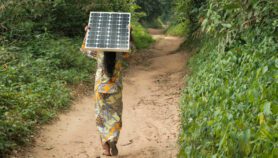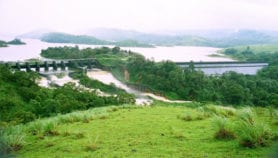By: Yidong Gong
Send to a friend
The details you provide on this page will not be used to send unsolicited email, and will not be sold to a 3rd party. See privacy policy.
[BEIJING] Chinese engineers have designed a solar house for Tibetans that aims to reduce their dependency on cattle dung for warmth.
A typical Tibetan family living in a remote mountainous village burns 300 sacks of dung — around 2,000 kilograms — each year, half of which it must purchase. But burning dung is inefficient and, in winter, temperatures plunge indoors.
Energy experts from the China National Engineering Centre for Housing Settlements (CNECHS) in Beijing — as part of the Action at the Third Pole of the Earthinitiative, which seeks to address environmental issues around Mount Everest — say their new solar house could cut dung consumption. It would also provide a free source of energy and combat carbon emissions.
Zeng Yan, chief architect of the Institute of Solar Building Technology, part of CNECHS, said that the experimental house, to be built in May, is supported by three core techniques: insulation, energy collection and energy storage.
The 100 square-metre house has an embedded greenhouse that collects the sun’s energy, which can be transferred to the surrounding bedrooms and living room by opening connecting windows and doors.
It is also installed with pebble beds. These absorb heat, via a link to specially built windows, and spontaneously emit it to the house when the temperature drops in the evening.
"We fully respect the traditional style of architecture of Tibetans," says Zeng. For example, clay bricks will be used as the major construction materials, instead of concrete.
He estimates that the consumption of cattle dung could be halved and the midnight temperature indoors could rise from four to ten degrees Celsius, by using the houses.
But Xie Yuan, head of the Department of Science and Technology of Qinghai Province said that the houses might be unaffordable for local Tibetans. The annual personal income in a typical village is less than 1,700 Chinese yuan (around US$249), but the new house costs nearly 40,000 yuan (around US$5,850).
Engineers are planning to build pilot houses with financial support from private enterprises, after which other possible financial channels involving the local people or governments may be introduced.
Tibet is the richest province in China in terms of solar energy. There are several small-sized photovoltaic plants in operation, but these have not played a major role for Tibetans because of high costs and maintenance.













